
Look, I'll be honest. I've never been a "coin person." But last weekend, after three glasses of wine and a YouTube rabbit hole that would make Alice blush, I became obsessed with the idea that I might be carrying around small fortunes in my pocket change.
Holy crap, was I wrong about how deep this hobby goes.
The Kew Gardens Unicorn (Worth More Than My First Car)
The crown jewel of 50p collecting is teh Kew Gardens coin. With only 210,000 ever minted back in 2009, this little metal disc featuring a pagoda has sold for up to £700. That's 1,400 times its actual value!
I texted my dad about this (he keeps EVERYTHING) and his response: "Already checked. No luck. Your mother made me empty my coin jar last summer." Poor Dad.
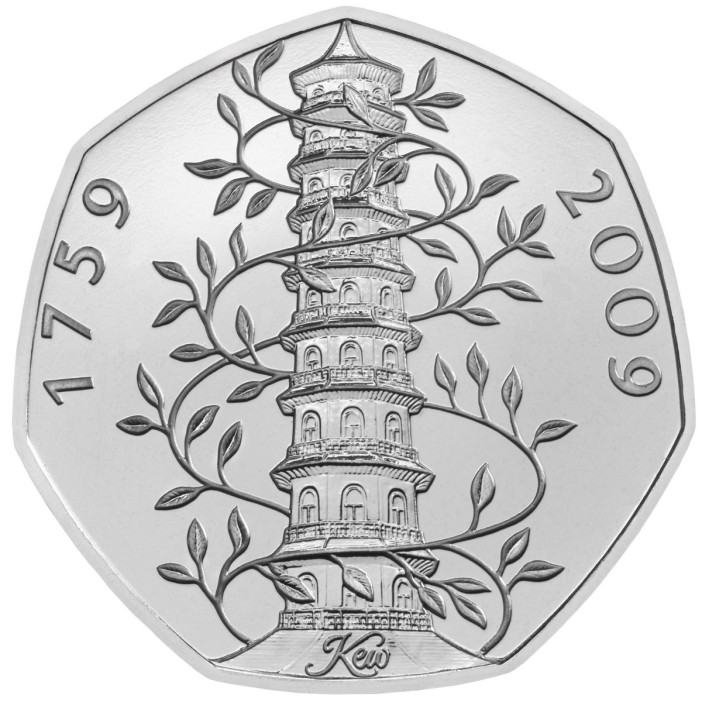
This coin celebrates Kew's 250th anniversary and has this gorgeous Chinese Pagoda design with some vine wrapped around it. I've spent hours staring at pictures online like some kind of financial stalker.
Olympic Coins That Nobody Appreciated Until Now
Remember London 2012? I was too busy complaining about the traffic to notice they were releasing commemorative coins that would later be worth serious cash.
The Triathlon 50p (mintage: 1,163,500) recently sold for £30. I found exactly zero in my house despite emptying every coat pocket and sofa cushion.
Wrestling and Football designs are even rarer. The Football one – which hilariously tries to explain the offside rule on a tiny coin – has fetched up to £75 online. I spent $4K on football tickets last year but can't find a 50p coin worth £75. Dammit.
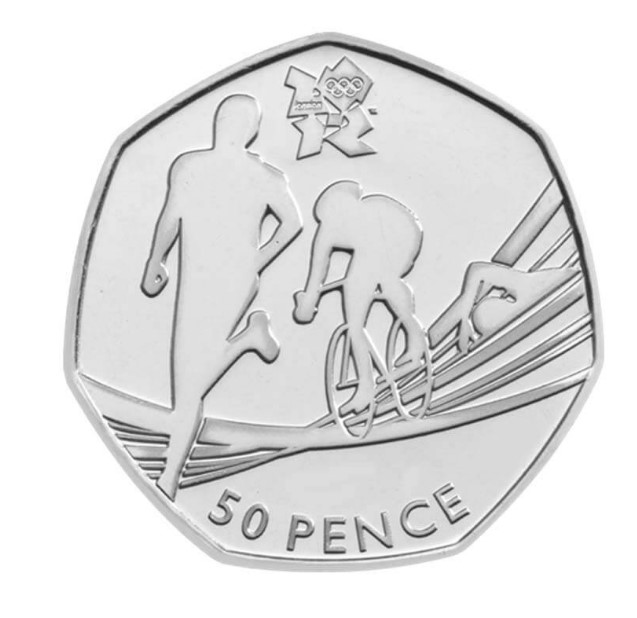
Wait... How Does This Actually Work?
Scarcity isn't just about how many were made. It's this weird formula combining mintage figures with collector demand.
ChangeChecker (which sounds like a laundromat app but isn't) tracks which coins collectors are hunting for. They look at mintage numbers, how many people have marked them as "collected," and swap requests.
I feel stupid now for thinking I could just look at mintage numbers and know what's valuable. My friend Sarah (who apparently has been secretly collecting coins for years??) laughed in my face when I told her my "system."
The Salmon That Got Away
Here's something weird.
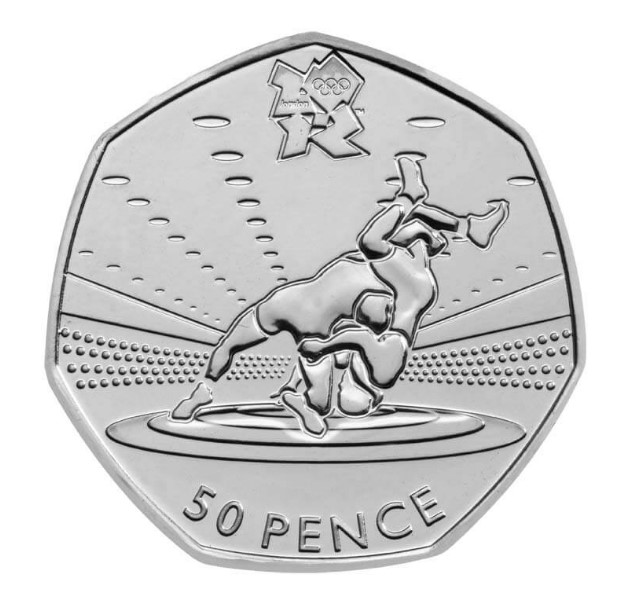
The 2023 Salmon 50p is technically the rarest in circulation with only 200,000 minted. But it's not considered among the scarcest because collectors are hoarding them like toilet paper in 2020.
I actually found one of these in my change last month and used it to buy a Mars bar. Listen. I'm not proud of this moment.
So You Think You've Found Something Valuable...
If you're suddenly eyeing your change jar with new interest (like I was), here's what to do:
Check sites like ChangeChecker or Coin Hunter for valuations. Or do what I did and spend an embarrassing amount of time on eBay looking at "sold" listings sorted by "highest value." My browser history now makes me look like I'm planning some kind of numismatic heist.
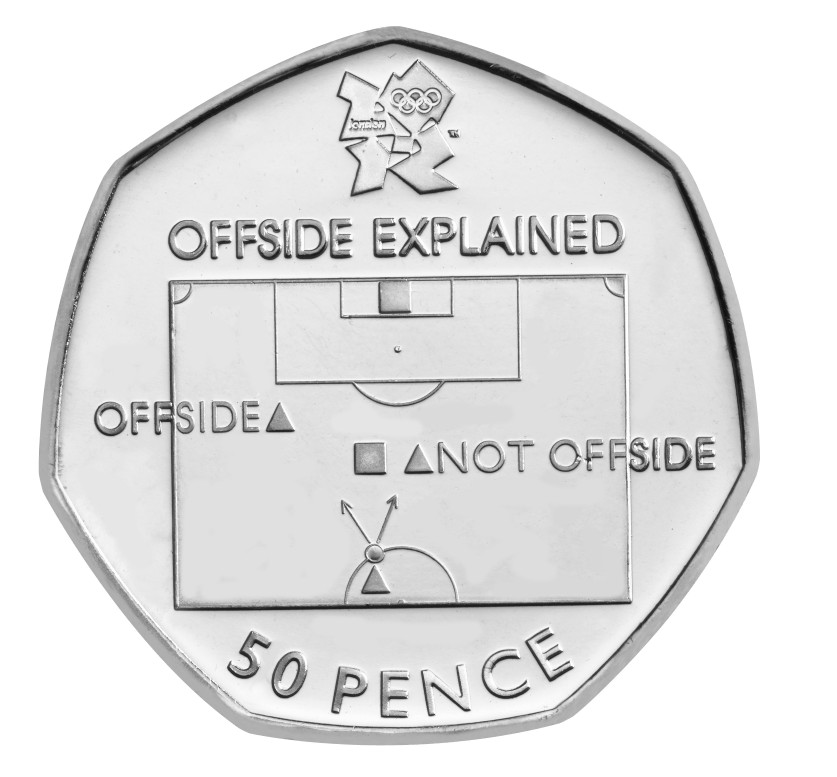
Back in 2018, my colleague swore he sold an error coin for £200. We all thought he was full of BS until he showed us the eBay receipts. The smug bastard bought lunch for everyone that day.
Remember though... a coin is only worth what some other weirdo is willing to pay for it. (And I say that with love as a newly converted weirdo myself.)
The Hunt Continues...
I've now enlisted my nephews in this treasure hunt with the promise of a 30% finder's fee. Their mother is not thrilled about them checking every relative's change purse at family gatherings.
But seriously – check your pockets, people! That random 50p might just be sitting there like a ghost at a family reunion – silent but potentially worth hundreds.
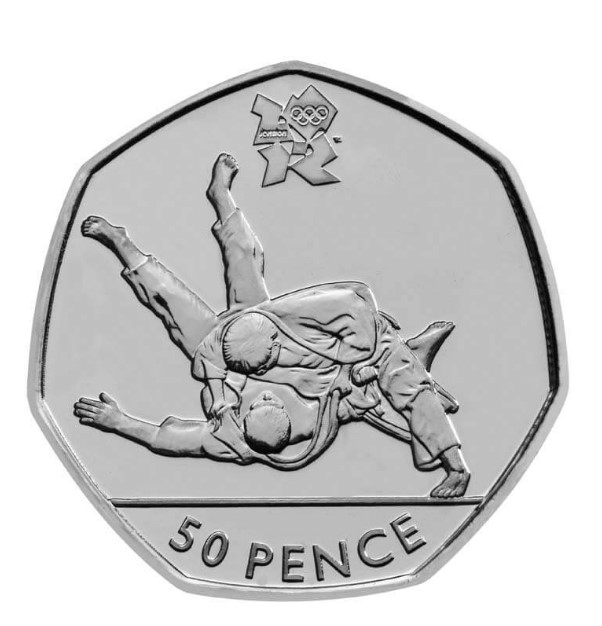
And if you find a Kew Gardens coin? Don't tell me. I don't think my fragile collector's heart could take it.
Frequently Asked Questions
What is a budget deficit?
A budget deficit occurs when a government's expenditures exceed its revenues over a specific period, usually a fiscal year. This can lead to increased borrowing and national debt if not addressed through spending cuts or revenue increases.
What are the main functions of money?
The primary functions of money are as a medium of exchange, facilitating trade; a unit of account, which provides a standard measure of value; a store of value, allowing individuals to save and transfer purchasing power over time; and a standard of deferred payment, enabling credit transactions.
What is the definition of money?
Money is a medium of exchange that facilitates transactions for goods and services. It serves as a unit of account, a store of value, and a standard of deferred payment, allowing individuals to compare the value of diverse products and services.
What are the different types of money?
The main types of money include commodity money, which is based on physical goods like gold or silver; fiat money, which is government-issued currency not backed by a physical commodity; and digital currency, which exists electronically and is often decentralized, such as cryptocurrencies.
What are credit scores and why are they important?
Credit scores are numerical representations of an individual's creditworthiness, calculated based on credit history, payment behavior, and debt levels. They are important because they impact the ability to obtain loans, credit cards, and favorable interest rates, affecting overall financial health.
How can I improve my credit score?
To improve your credit score, make timely payments on all debts, reduce credit card balances, avoid opening unnecessary credit accounts, and regularly check your credit report for errors, disputing any inaccuracies. Maintaining a mix of credit types and keeping old accounts open can also be beneficial.
What is the difference between saving and investing?
Saving typically involves setting aside money in a secure account for short-term needs or emergencies, while investing involves using money to purchase assets like stocks or real estate with the expectation of generating a return over the long term. Investing carries higher risks but offers the potential for greater rewards.
Statistics
- In 2020, the average retirement savings for Americans aged 60 to 69 was approximately $195,000, according to Fidelity.
- A study by the National Endowment for Financial Education found that 60% of Americans do not have a budget.
- Research by the National Bureau of Economic Research found that individuals who receive financial education are 25% more likely to save than those who do not.
- As of 2021, the average student loan debt for recent graduates was approximately $30,000, according to the Federal Reserve.
- As of 2021, the average American household had approximately $8,400 in credit card debt, according to Experian.
- As of 2021, the median household income in the U.S. was approximately $67,521, according to the U.S. Census Bureau.
- The average cost of raising a child in the U.S. is estimated to be around $233,610, according to the U.S. Department of Agriculture.
- According to a Gallup poll, 56% of Americans report that their financial situation is better than it was a year ago.
External Links
How To
How To Set Financial Goals That Stick
Setting financial goals that stick begins with defining what you want to achieve, whether it’s saving for a home, paying off debt, or building retirement savings. Use the SMART criteria—Specific, Measurable, Achievable, Relevant, Time-bound—to structure your goals effectively. Write down your goals and break them into smaller, actionable steps to make them less overwhelming. Establish a timeline for each goal and regularly review your progress to stay motivated. Adjust your goals as necessary to reflect changes in your financial situation or priorities, ensuring they remain relevant and attainable over time.
 PoliticsRoyaltySoap OperaGamingMoneyPrivacy PolicyTerms And Conditions
PoliticsRoyaltySoap OperaGamingMoneyPrivacy PolicyTerms And Conditions
